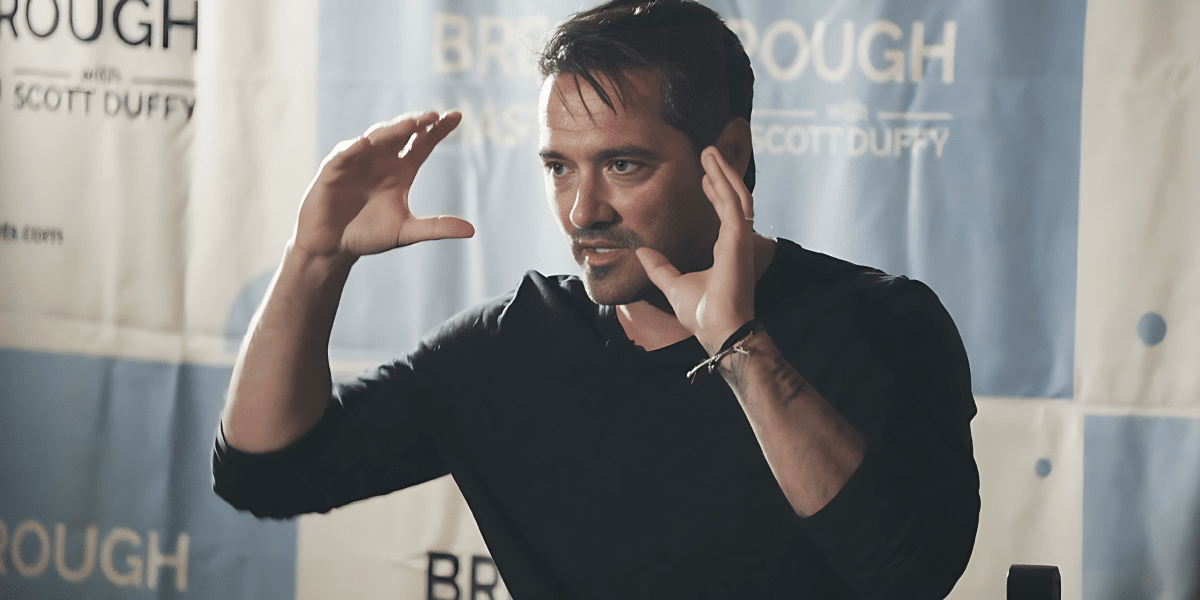Early Beginnings: The Birth of Motorcycles
Motorcycles have been a beloved mode of transportation and a symbol of freedom for over a century. From their humble beginnings as motorized bicycles to the sleek, high-performance machines we know today, motorcycles have undergone a remarkable evolution. In this article, we’ll take a ride through the rich history of motorcycles, exploring their development and impact on society over the years.
The story of motorcycles begins in the late 19th century, a time of innovation and experimentation. Inventors and engineers were fascinated by the idea of creating self-propelled vehicles, and many turned their attention to the bicycle, a popular mode of transportation at the time. The earliest motorcycles were essentially bicycles with small engines attached, creating a crude but effective form of motorized transportation.
One of the earliest pioneers of motorcycle technology was German engineer Gottlieb Daimler, who built a motorized bicycle in 1885. Daimler’s invention, known as the “Reitwagen,” featured a small internal combustion engine mounted on a wooden frame, with two wheels for balance. While not a commercial success, the Reitwagen laid the foundation for future motorcycle design and engineering.
The Rise of the Classics: From Harley-Davidson to Indian
The early 20th century saw the rise of iconic motorcycle brands like Harley-Davidson and Indian. These companies produced rugged, reliable bikes that captured the imaginations of riders around the world. With their distinctive designs and powerful engines, Harley-Davidson and Indian motorcycles became symbols of freedom and adventure, synonymous with the American spirit.
Harley-Davidson, founded in 1903, quickly established itself as a leading manufacturer of motorcycles, with models like the “Silent Grey Fellow” and the “Knucklehead” becoming instant classics. Indian, founded in 1901, was known for its innovative engineering and luxurious styling, with models like the “Scout” and the “Chief” setting the standard for quality and performance.
World War II and Beyond: Motorcycle Innovation
World War II played a significant role in the evolution of motorcycles. Military organizations around the world used motorcycles for reconnaissance, communication, and transportation, leading to advancements in design and technology. Harley-Davidson and Indian both produced military-spec bikes for the war effort, with models like the Harley-Davidson WLA and the Indian 741B seeing service in theaters of war around the world.
After the war, returning soldiers helped popularize motorcycles as civilian vehicles, leading to a boom in motorcycle sales and production. Manufacturers introduced new models and innovations at a rapid pace, with advances in suspension, braking, and engine technology improving performance and reliability. The 1950s and 1960s saw the emergence of classic bikes like the Triumph Bonneville, Norton Commando, and Honda CB series, each with its own unique style and performance characteristics.
The Golden Age of Motorcycles: The 1950s and 1960s
The post-war period saw a surge in motorcycle popularity, with riders embracing the sense of freedom and adventure that motorcycles offered. The 1950s and 1960s are often referred to as the “golden age” of motorcycles, a time when manufacturers introduced new models and innovations at a rapid pace. Classic bikes like the Triumph Bonneville, Norton Commando, and Honda CB series became iconic symbols of the era, with their sleek designs and powerful engines capturing the imaginations of riders around the world.
The Motorcycle Revolution: The 1970s and Beyond
The 1970s marked a turning point in motorcycle history, with the introduction of new technologies and designs that revolutionized the industry. Japanese manufacturers like Honda, Yamaha, and Kawasaki led the way with innovative new models that combined performance, reliability, and affordability. The Honda CB750, introduced in 1969, is often credited with kickstarting the superbike revolution, offering four-cylinder performance at a fraction of the cost of European competitors.
Meanwhile, European manufacturers like Ducati and BMW pushed the boundaries of motorcycle design with cutting-edge engineering and styling. Ducati, known for its racing heritage and high-performance bikes, introduced models like the Ducati 750SS and the Ducati 900SS, which became instant classics among enthusiasts. BMW, known for its luxury touring bikes and boxer engines, introduced models like the BMW R90S and the BMW R100RS, which set new standards for comfort and performance.
Modern Marvels: The 21st Century Motorcycle
Today, motorcycles are more advanced than ever before, with cutting-edge technology and engineering that push the limits of performance and innovation. From sleek sportbikes to rugged adventure machines, there’s a motorcycle for every rider and every style. Electric motorcycles are also gaining popularity as a cleaner, greener alternative to traditional gas-powered bikes, offering all the thrills of riding with none of the emissions.
And there you have it – a journey through the rich history of motorcycles, from their humble beginnings to the high-tech marvels of the 21st century. Whether you’re a fan of classic cruisers, vintage bikes, or modern sportbikes, there’s no denying the enduring appeal of motorcycles. So whether you’re hitting the open road or tearing up the track, take a moment to appreciate the rich history and evolution of these incredible machines.





